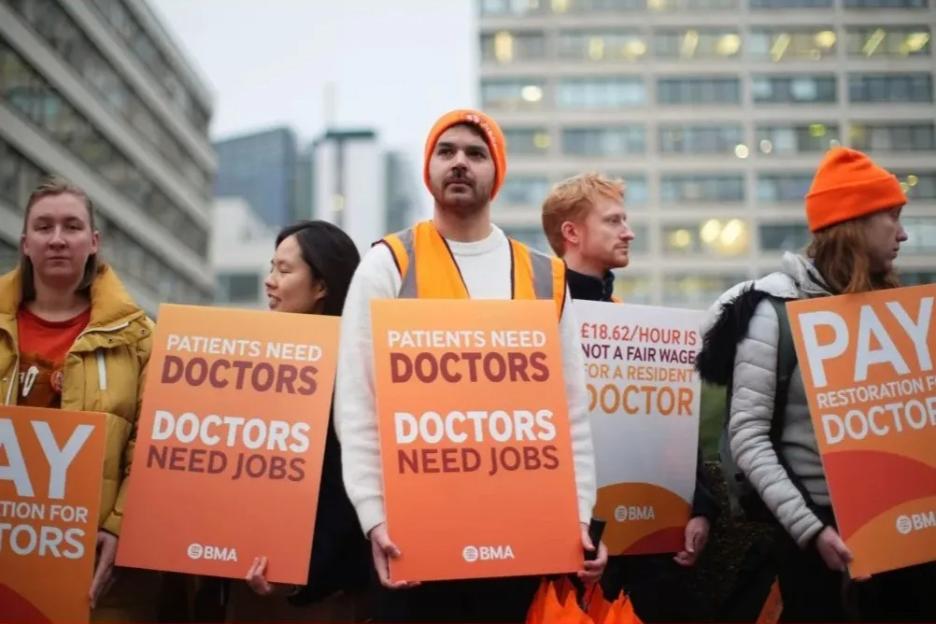A team of researchers at the University of Alberta is using machine learning to predict what could happen with COVID-19 in the province.
Machine learning is a type of artificial intelligence that ingests various types of data, such as policy information, infection data and mobility statistics, identifies patterns and trends then predicts how case numbers could change as a result.
READ MORE: London, Ont. researchers examining use of A.I. to diagnose COVID-19 through lung ultrasounds
For instance, machine learning can allow researchers to see how transmission rates change after policy changes, said Hao Wang, a math professor at the University of Alberta.
“These kinds of results can help in two ways. One way is we want to discuss what policies should be given â should you close this, open that, these kinds of questions. The second way is vaccination â we want to see how fast we can vaccinate and also we want to test the effectiveness of the vaccinations because there’s all kinds of mutations,”; Wang said.
Pouria Ramazi, an assistant professor in the Department of Mathematics and Statistics at Brock University, is collaborating with Wang. He said there are a multitude of variables being fed into machine learning.
“For example, the mobility, human activity, like the number of encounters in a city, how mobile the population was in the past few days or weeks. The number of visits to a park, number of travels. All these different variables can be influential,”; Ramazi said.
Wang said machine learning allows researchers to see different predictions depending on the data that is fed into it.
“If you do this, what happens, and if you do that, what happens? With modelling, you can see the problems and issues then you can change the policy or adjust that a bit,”; Wang said.
Read more: Alberta pilot will see 10 doctors' offices administer COVID-19 vaccines
Ramazi said there are some advantages to using machine learning for COVID-19.
“If you use the right algorithms and if you modify them in the right way so you can use them properly, you have the freedom of not worrying much about how these will be really influencing each other. You let the algorithm find how they are related and do the job for you,”; he said.
“Use all the existing data that we have â what’s the temperature today, what’s the preventive policies, what’s the level of mobility and so on â now tell me what happens in the future 10 weeks.”;
The models have a 10 per cent rate of error currently, but Ramazi said that it’s still a prototype being fine-tuned.
View link »



